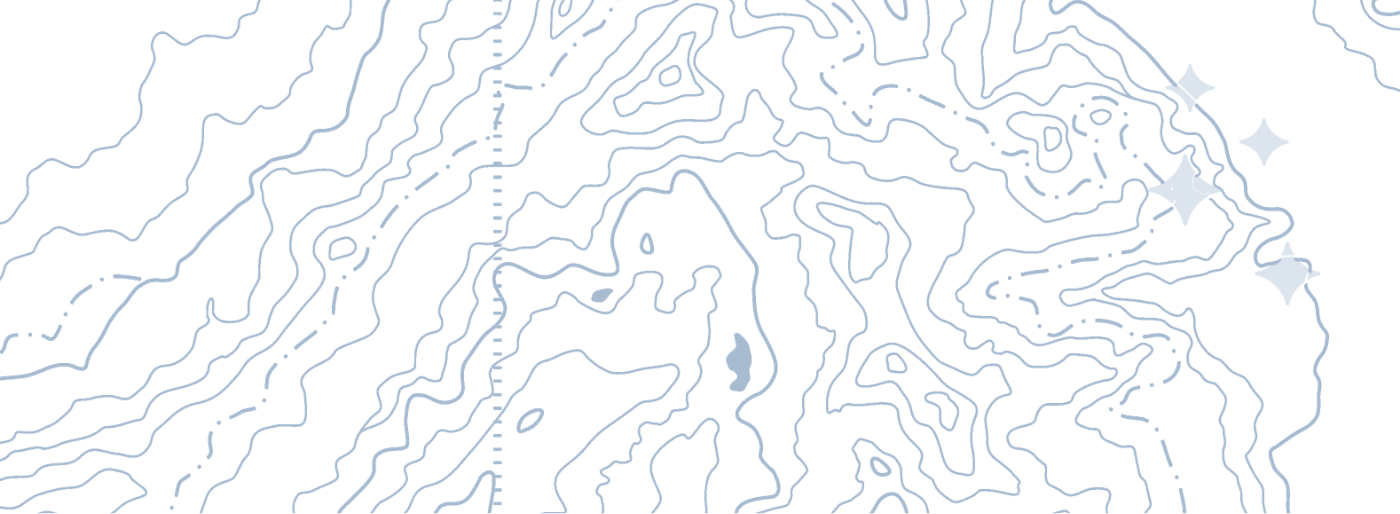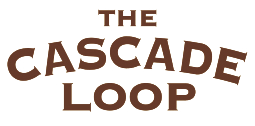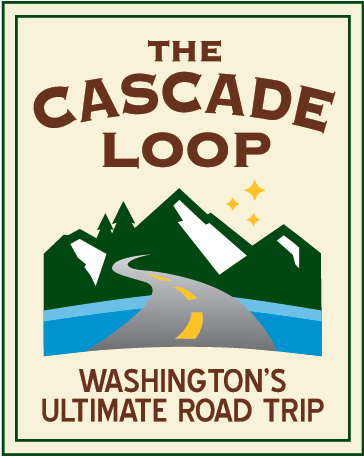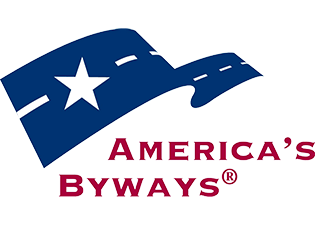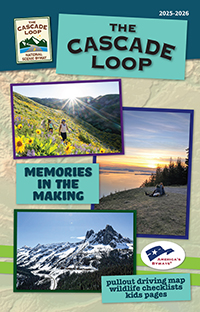Wildlife & Birding on The Whidbey Scenic Isle Way
Access Whidbey Island by driving over the the Puget Sound on the Deception Pass Bridge. According to the National Wildlife Federation, "The Puget Sound ecosystem is rich in marine, freshwater, and wetland species, including invertebrates, birds, fish, mammals, underwater plants like eelgrass, and tiny aquatic organisms called plankton." The roadway passes through forests and farmland, but beaches and wetlands are easily accessible. The island is also home to four lakes: Cranberry Lake, Deer Lake, Lone Lake and Goss Lake. Flora and fauna vary wildly from north to south ends of the island. It is also a wildly popular birding destination with over 230 species identified on the island. Exit the island via Washington State Ferry.
Wildlife Viewing
3,000 species of invertebrates including Geoduck Clams, Oysters, Octopus, Sea Urchins, Dungeness Crab and Sea Stars. Puget Sound Marine mammals include orca, gray and humpback whales, sea lions, sea otters and harbor seals. Your best bet for seeing all of these is to book a trip with Whidbey Island Kayaking.
Virginia Opossum, Shrew (Vagrant and Water), Mole (Coast and Townsend's), American Shrew-Moles, Eastern Cottontail, Snowshoe Hare, Nutria, Muskrat, Hoary Marmot, Squirrel (Cascade Golden-Mantled Ground Squirrel, Douglas, Northern Flying), Chipmunk (Townsend's and Yellow Pine), Mice (North American Deer, Northwestern Deer, Pacific Jumping), Bushy-Tailed Woodrat, Norway Rat, Vole (Townsend's, Long-Tailed, Water, Southern Red-Backed and Western Heather), Porcupine, Mountain Beaver, Bobcat, Mountain Lion, Coyote, Red Fox, Black Bear, Raccoon, Short-Tailed and Long-Tailed Weasel, Mink, American Marten, Wolverine, Northern River Otters, Skunk (Striped and Western Spotted), Deer (Mule and Black-Tailed) Rocky Mountain Elk, Mountain Goats, Moose
